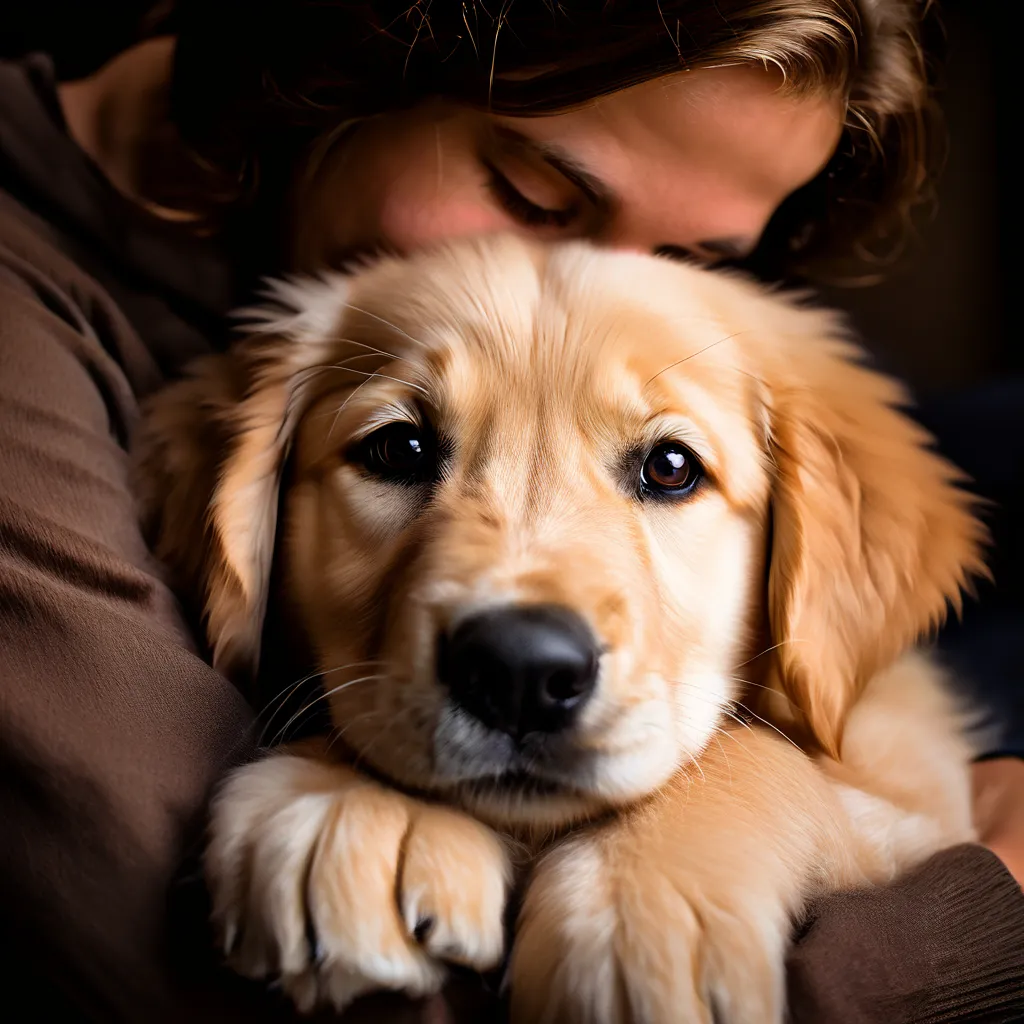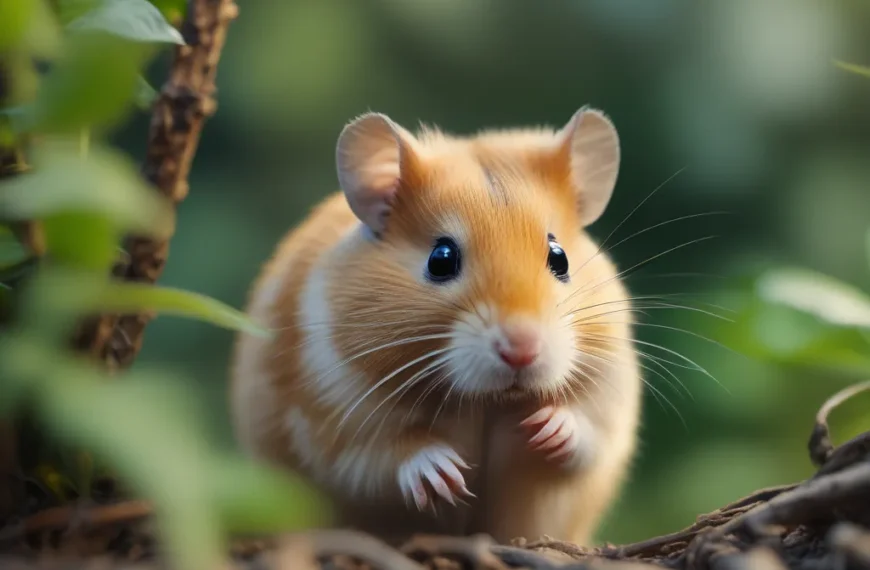Introduction
When it comes to determining who is the prettiest dog in the world, there are many factors to consider. Physical attractiveness, personality, temperament, and cultural perceptions all play a role in what makes a dog beautiful. But what exactly makes a dog physically attractive? Is it their coat, their eyes, or their overall physique? And how do personality and temperament contribute to a dog’s attractiveness?
In this article, we will explore the various factors that contribute to a dog’s attractiveness, from physical characteristics to personality traits. We will also examine the role of cultural and societal perceptions in shaping our understanding of what makes a dog beautiful. Whether you’re a seasoned dog owner or just a dog lover, this article will provide you with a deeper understanding of what makes a dog truly special.

Throughout this article, we will delve into the world of dog attractiveness, exploring the various factors that contribute to a dog’s physical and personality-based attractiveness. We will also examine the cultural and societal perceptions that shape our understanding of what makes a dog beautiful. By the end of this article, you will have a deeper understanding of what makes a dog truly special and why some dogs are considered to be the prettiest in the world.
What Makes a Dog Physically Attractive?
When it comes to determining what makes a dog physically attractive, there are several factors to consider. While beauty is subjective and can vary from person to person, there are certain characteristics that are commonly associated with physical attractiveness in dogs.
Body Proportions
A dog’s body proportions play a significant role in its physical attractiveness. A well-proportioned dog with a balanced body shape is often considered more attractive than one with a disproportionate body. For example, a dog with a long, lean body and a short, stubby tail may not be as attractive as a dog with a more balanced body shape.
Coat and Color
A dog’s coat and color can also contribute to its physical attractiveness. A dog with a shiny, healthy coat and a vibrant color is often considered more attractive than one with a dull, matted coat. Certain colors, such as black, white, and golden, are often associated with physical attractiveness in dogs.
Facial Features
A dog’s facial features, such as its eyes, nose, and mouth, can also play a role in its physical attractiveness. A dog with large, expressive eyes and a cute nose is often considered more attractive than one with small, beady eyes and a flat nose.
Size
A dog’s size can also contribute to its physical attractiveness. While some people may prefer smaller dogs, others may find larger dogs more attractive. Ultimately, the ideal size of a dog will depend on personal preference.
Breed Characteristics
A dog’s breed characteristics can also play a role in its physical attractiveness. Certain breeds, such as the Golden Retriever and the Labrador Retriever, are often considered to be physically attractive due to their distinctive features and characteristics.
In conclusion, physical attractiveness in dogs is subjective and can vary from person to person. However, certain characteristics, such as body proportions, coat and color, facial features, size, and breed characteristics, can all contribute to a dog’s physical attractiveness.
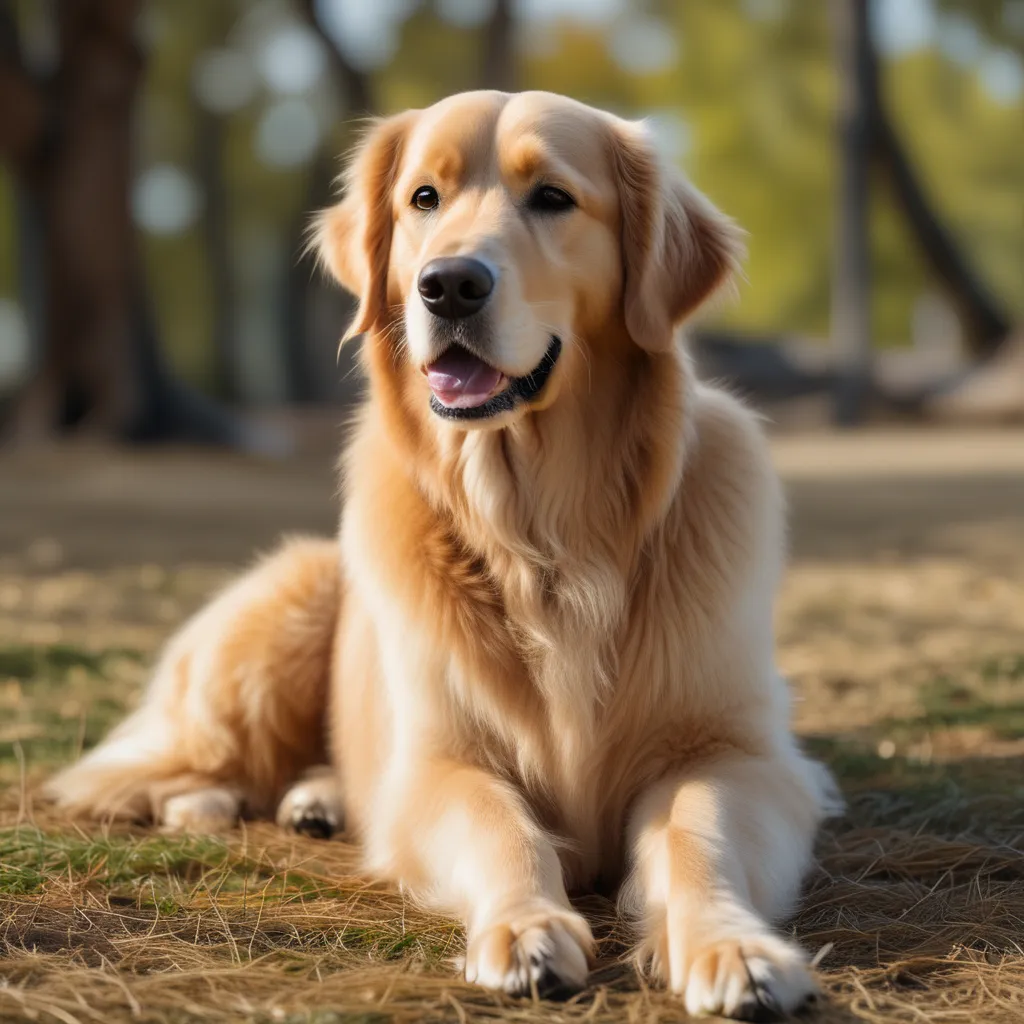
The Role of Personality and Temperament in a Dog’s Attractiveness
When it comes to determining a dog’s attractiveness, physical characteristics are not the only factors at play. A dog’s personality and temperament also play a significant role in making them appealing to potential owners and dog lovers alike.
What is Personality and Temperament in Dogs?
Personality and temperament refer to a dog’s individual characteristics, such as their behavior, emotional responses, and interactions with their environment and the people around them. These traits are shaped by a combination of genetics, upbringing, and life experiences.
How Does Personality and Temperament Affect a Dog’s Attractiveness?
A dog’s personality and temperament can greatly impact their attractiveness to potential owners. For example:
- A friendly and outgoing dog is more likely to win over the hearts of potential owners than a shy or aggressive one.
- A dog with a calm and gentle temperament is often more appealing to families with children or to people who want a low-maintenance pet.
- A dog with a high energy level and playful personality may be more attractive to active owners who enjoy outdoor activities.
Can a Dog’s Personality and Temperament be Changed?
While a dog’s personality and temperament are influenced by their genetics and upbringing, they can also be shaped by training, socialization, and life experiences. With patience, consistency, and positive reinforcement, owners can help their dogs develop desirable traits and behaviors that make them more attractive to others.
The Importance of Matching a Dog’s Personality and Temperament to Their Owner
Matching a dog’s personality and temperament to their owner’s lifestyle and preferences is crucial for a successful and happy relationship. For example:
- An owner who is away from home for long periods may not be the best match for a dog that requires constant attention and interaction.
- An owner who is active and enjoys outdoor activities may be a great match for a dog with a high energy level and playful personality.

The Most Attractive Dog Breeds
When it comes to determining the most attractive dog breeds, it’s essential to consider various factors such as physical characteristics, temperament, and overall appeal. While beauty is subjective, some breeds are widely regarded as stunning due to their unique features and charming personalities.
1. Afghan Hound
The Afghan Hound is a majestic breed known for its silky, fine coat and elegant appearance. Their slender build, long neck, and striking facial features make them a popular choice among dog enthusiasts.
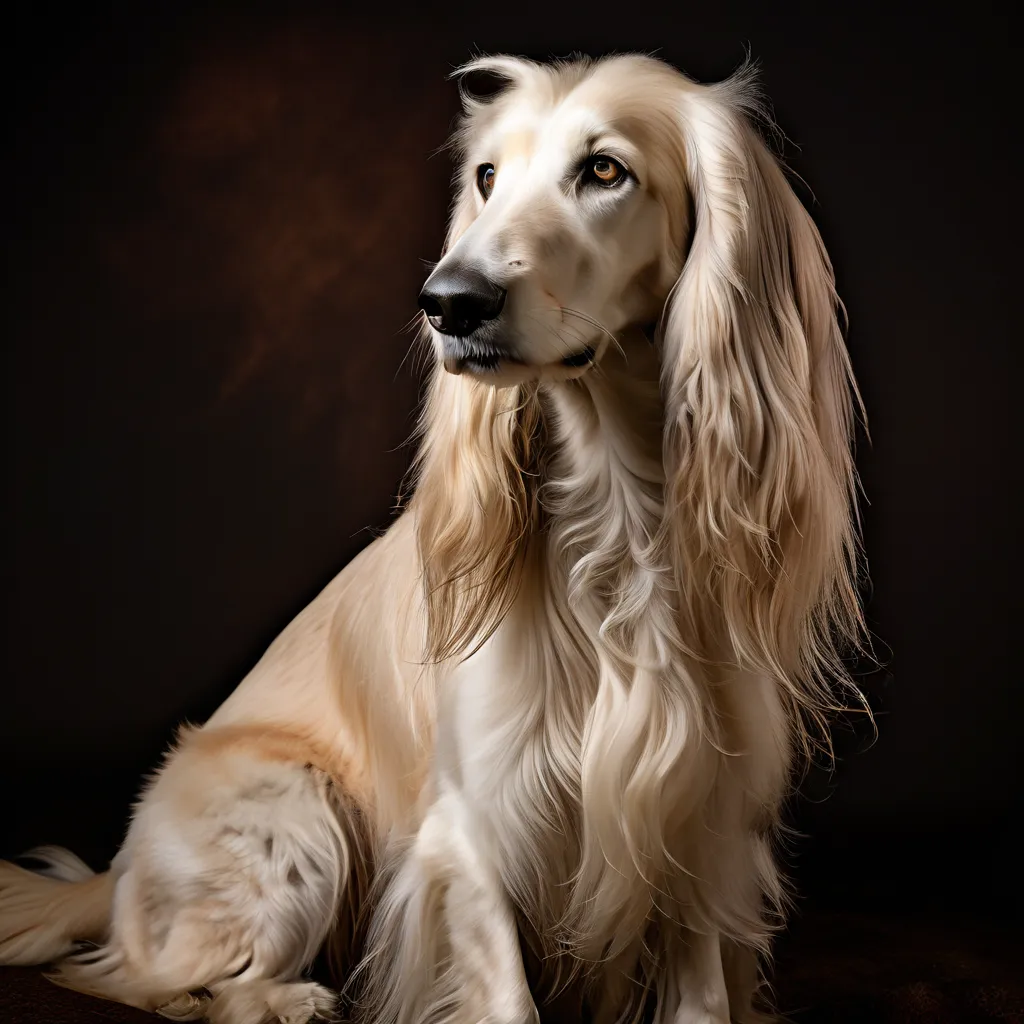
2. Poodle
Poodles are highly intelligent and versatile dogs that come in various sizes, from Toy to Standard. Their low-shedding, curly coats and athletic build make them a popular choice for many dog owners.
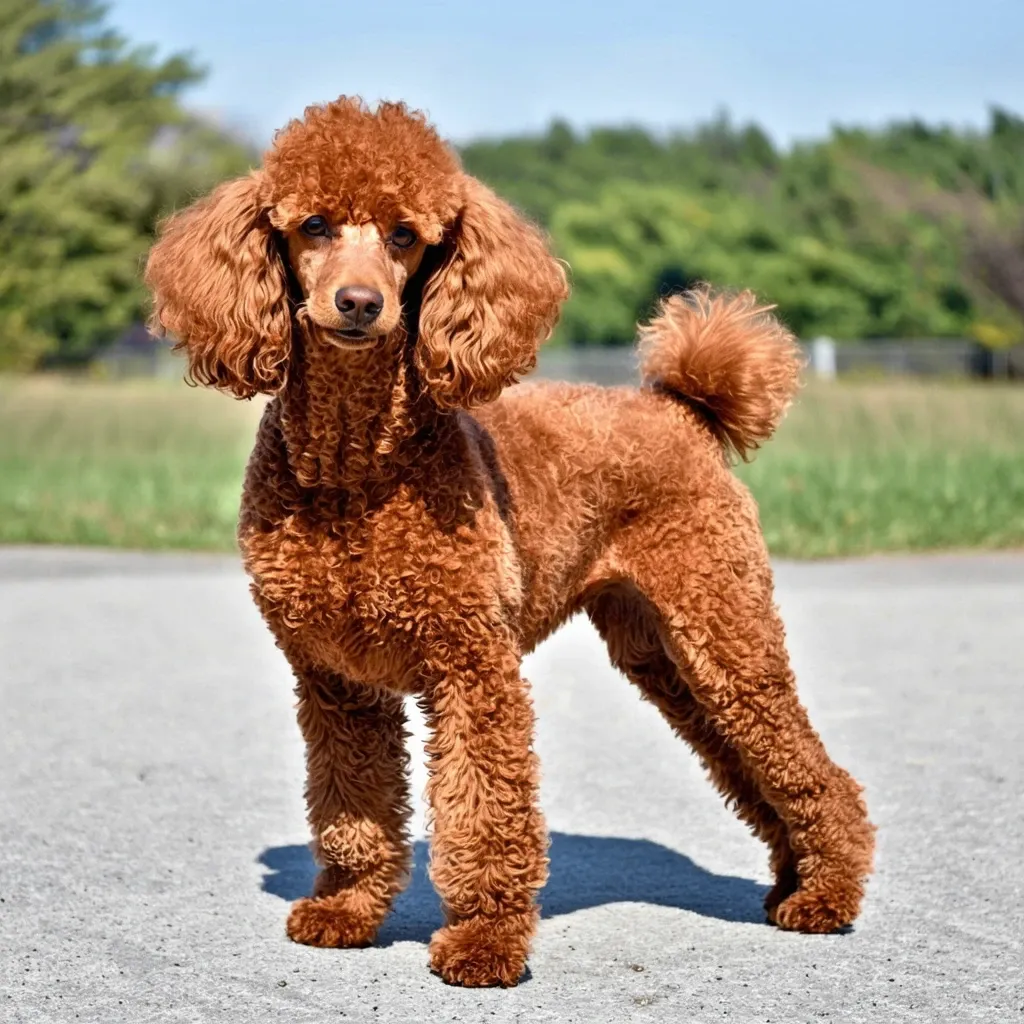
3. Samoyed
The Samoyed is a fluffy white breed with a smiling face and a friendly demeanor. Their thick coat and muscular build make them a stunning addition to any family.
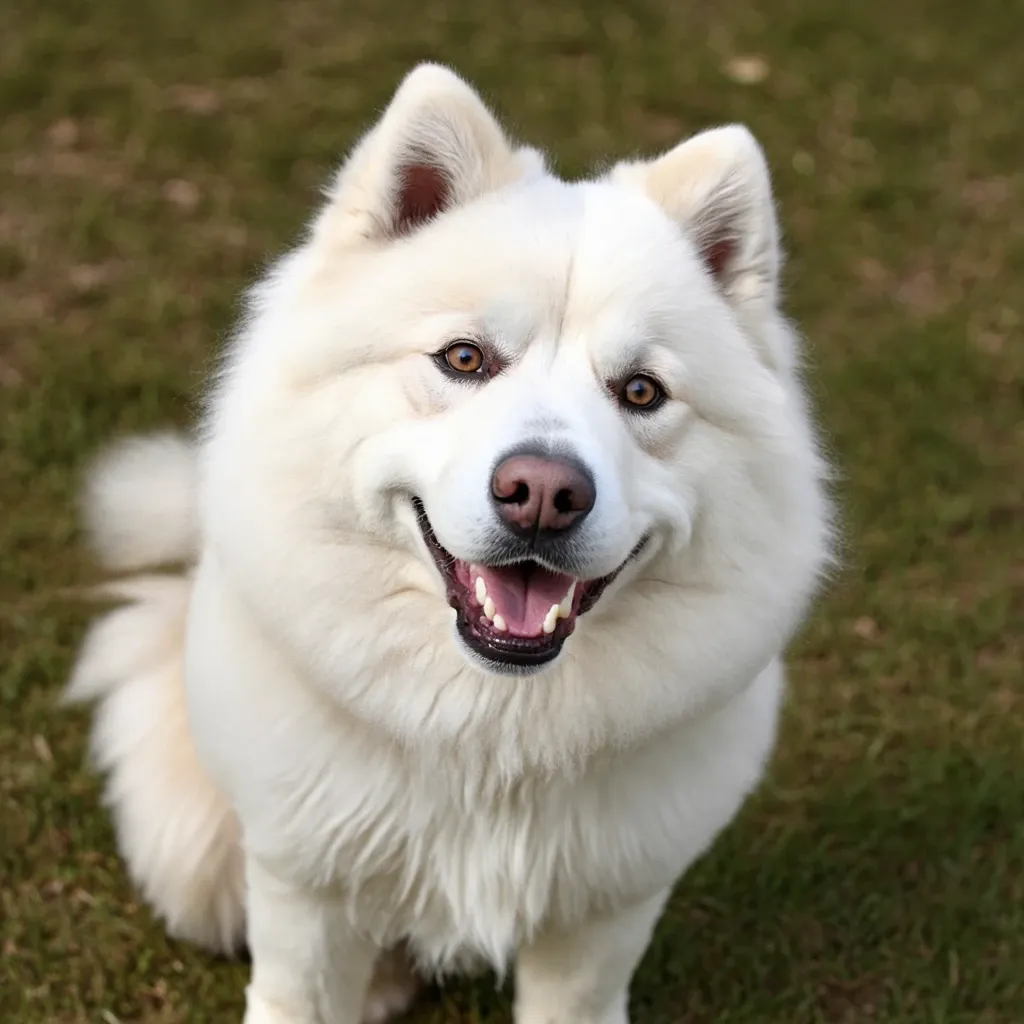
4. Golden Retriever
Golden Retrievers are known for their luscious golden coats and friendly, outgoing personalities. Their intelligence, loyalty, and affectionate nature make them a popular breed among families and hunters alike.

5. Doberman Pinscher
The Doberman Pinscher is a sleek and agile breed with a short, smooth coat and a muscular build. Their intelligence, loyalty, and athletic ability make them a popular choice for active families.

These breeds are just a few examples of the many stunning dog breeds out there. Ultimately, the most attractive breed is the one that resonates with you and your lifestyle.
Cultural and Societal Perceptions of Dog Attractiveness
Cultural and societal perceptions of dog attractiveness play a significant role in shaping our opinions about what makes a dog beautiful. Different cultures and societies have their unique preferences when it comes to dog breeds, sizes, and characteristics. These perceptions are often influenced by historical, social, and economic factors.
Historical Influences
Throughout history, certain dog breeds have been associated with wealth, status, and power. For example, in ancient Egypt, greyhounds were considered sacred animals and were often depicted in art and literature as symbols of nobility. Similarly, in medieval Europe, large breeds like mastiffs and Great Danes were prized for their strength and loyalty.
Social Influences
Social media has also played a significant role in shaping our perceptions of dog attractiveness. The rise of Instagram and other social media platforms has created a culture of dog influencers, where certain breeds and characteristics are showcased and admired. For example, the “designer dog” trend, which involves breeding purebred dogs with other breeds to create unique and exotic-looking dogs, has become increasingly popular in recent years.
Economic Influences
Economic factors also play a significant role in shaping our perceptions of dog attractiveness. In some countries, certain breeds are considered status symbols and are highly sought after by wealthy individuals. For example, in China, the Tibetan mastiff is considered a luxury item and can sell for thousands of dollars.
Cultural Preferences
Different cultures have their unique preferences when it comes to dog breeds and characteristics. For example, in Japan, small breeds like the Shiba Inu and the Pomeranian are highly popular, while in the United States, larger breeds like the Labrador Retriever and the German Shepherd are more popular.
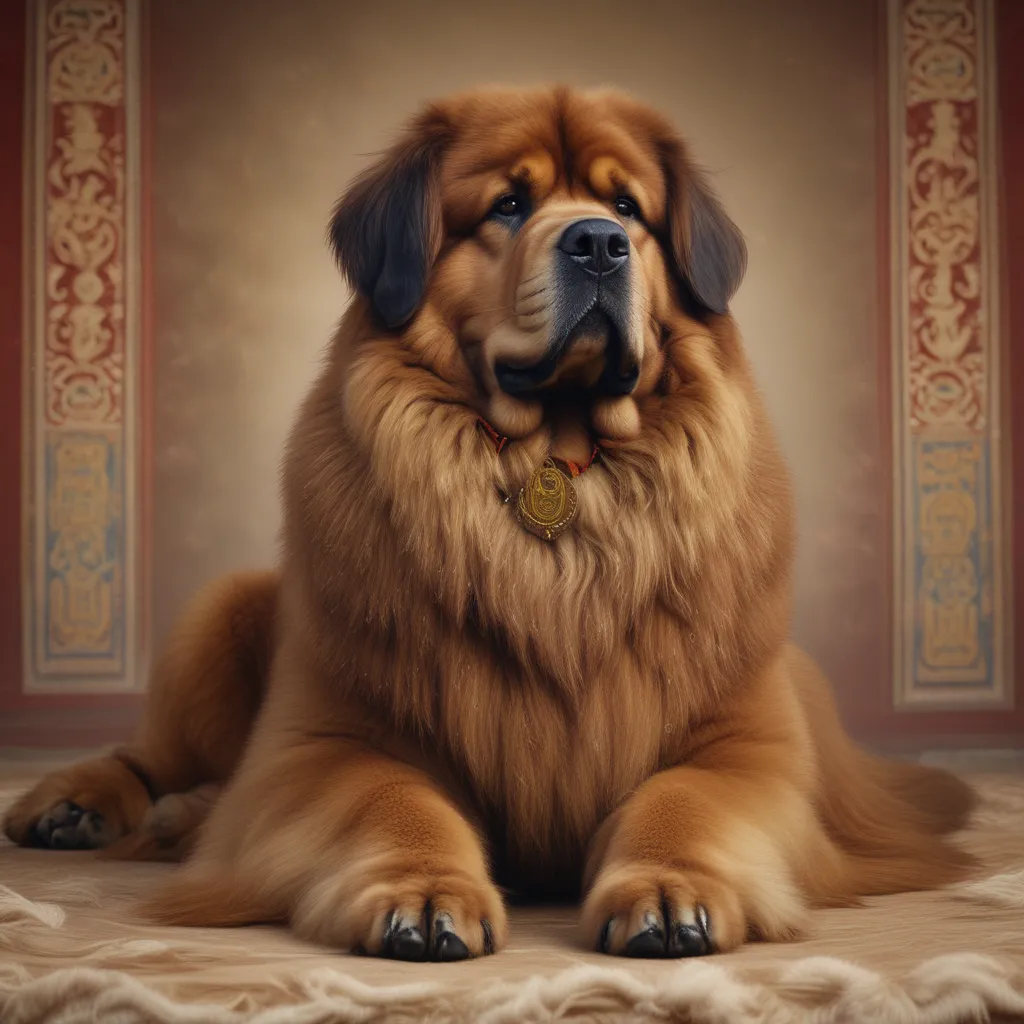
Can a Dog’s Attractiveness be Measured Objectively?
Measuring a dog’s attractiveness objectively is a complex task, as it involves evaluating both physical and personality traits. While there is no definitive way to quantify a dog’s attractiveness, several factors can be considered to make an assessment.
Physical Attractiveness
Physical attractiveness in dogs can be evaluated based on their breed standards, overall health, and physical characteristics such as coat, size, and body proportion. For example, a dog that meets its breed standard and has a healthy, well-groomed coat may be considered more attractive than one that does not.
Personality and Temperament
A dog’s personality and temperament also play a significant role in its attractiveness. A friendly, outgoing, and well-behaved dog is often more appealing to people than a shy or aggressive one. Traits such as loyalty, intelligence, and trainability can also contribute to a dog’s attractiveness.
Quantifying Attractiveness
While it is challenging to quantify a dog’s attractiveness objectively, some studies have attempted to do so by using various methods such as:
- Rating scales: Using a rating scale to evaluate a dog’s physical and personality traits, with higher scores indicating greater attractiveness.
- Surveys: Conducting surveys to gather opinions from a large number of people on what makes a dog attractive.
- Machine learning algorithms: Using machine learning algorithms to analyze data on dog characteristics and predict attractiveness.
However, these methods have limitations and may not provide a comprehensive or accurate assessment of a dog’s attractiveness.
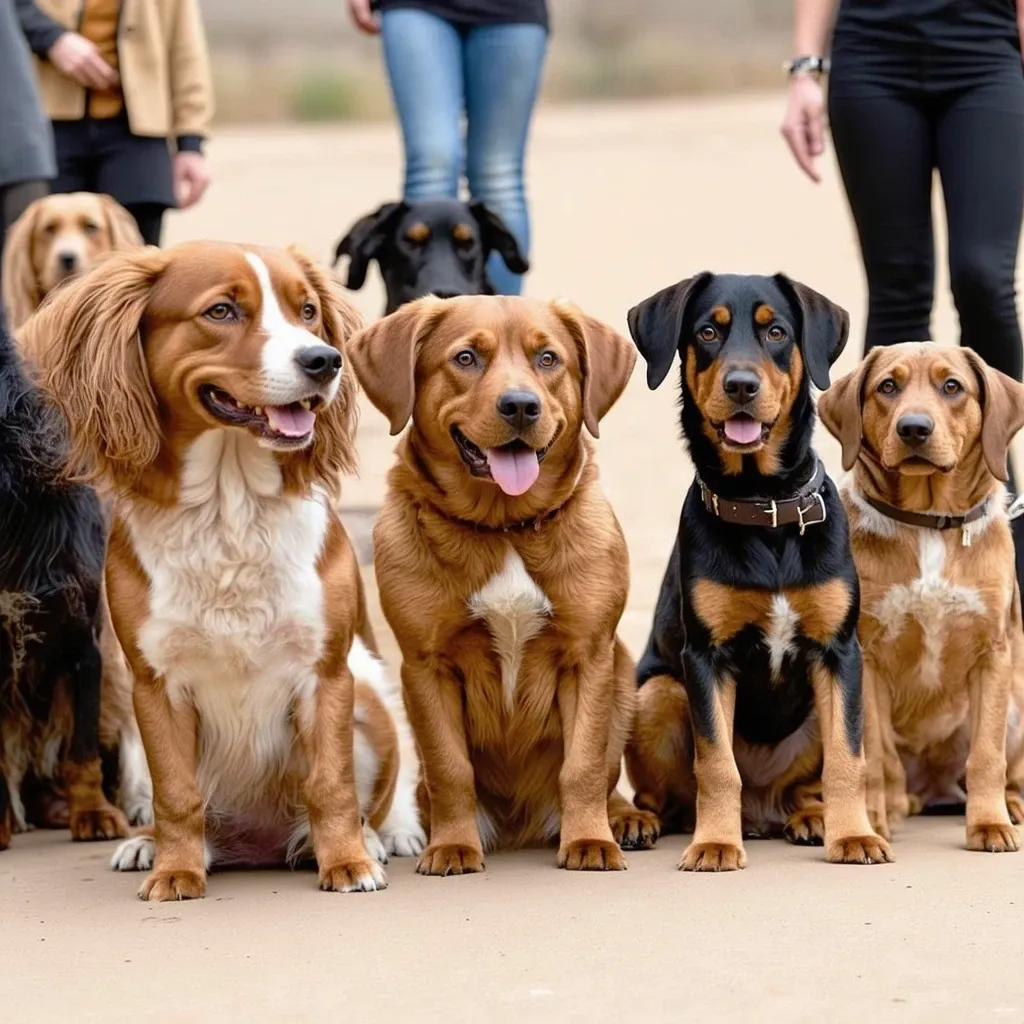
Conclusion
In conclusion, the question of who is the prettiest dog in the world is a complex and multifaceted one. As we’ve seen throughout this article, attractiveness in dogs is influenced by a range of factors, from physical characteristics to personality and temperament.
While some breeds may be widely regarded as more attractive than others, cultural and societal perceptions of dog attractiveness can vary greatly. Moreover, the role of personality and temperament in a dog’s attractiveness cannot be overstated.
Ultimately, whether or not a dog’s attractiveness can be measured objectively is a matter of debate. However, one thing is certain: every dog is unique and special in its own way, and its attractiveness lies not just in its physical appearance, but in its character, personality, and the joy it brings to our lives.

In the end, the prettiest dog in the world is the one that captures our hearts and becomes a beloved member of our family.


